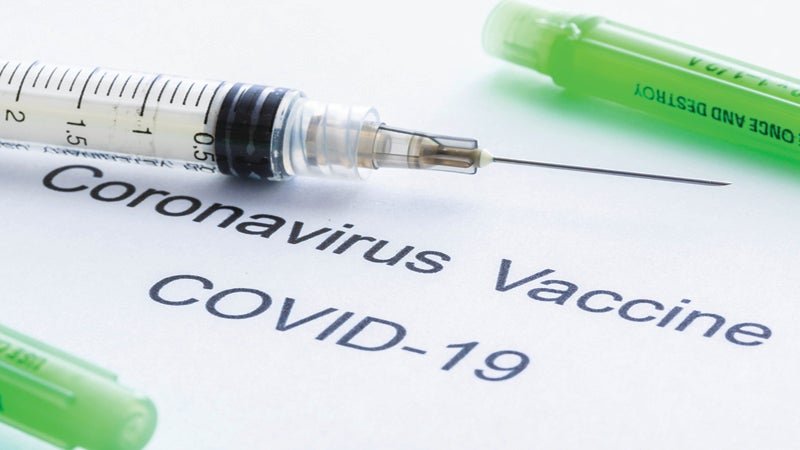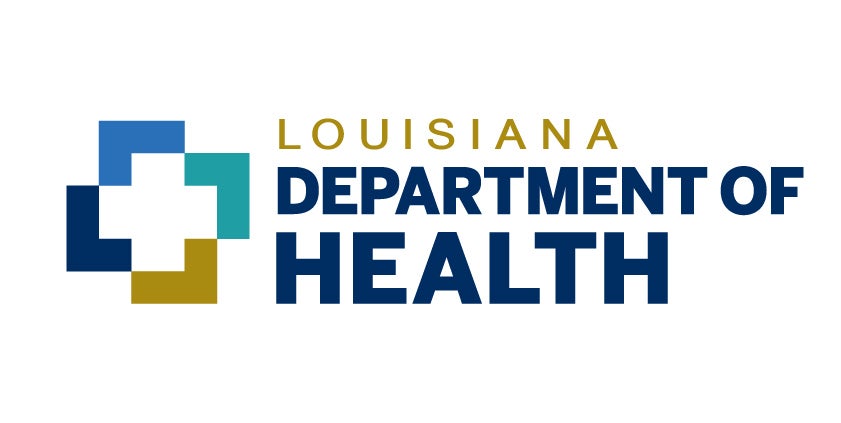LSU HEALTH’S LA TUMOR REGISTRY PUBLISHES LATEST STATEWIDE CANCER INCIDENCE, MORTALITY & SURVIVAL INFO
Published 11:00 am Sunday, September 4, 2022
|
Getting your Trinity Audio player ready...
|
New Orleans, LA – LSU Health New Orleans’ Louisiana Tumor Registry has published the latest volume in its annual Cancer in Louisiana monograph series. Cancer in Louisiana, Volume 37, 2015 – 2019, documents cancer incidence and mortality from 2015 to 2019 in Louisiana, as well as incidence and mortality trends from 1988 to 2019. It also includes survival statistics for cases diagnosed from 2008 to 2018 and followed into 2019, as well as prevalence for cancer cases diagnosed from January 1, 2000, to January 1, 2019.
The full report is available online here. Summary information follows.
- New diagnoses of invasive cancer averaged 26,426 cases per year among Louisiana residents.
- For all Louisianans combined, the most frequently diagnosed cancers were prostate (14.2% of all new cases), breast (13.9%), lung (13.5%), colorectal (9.2%), and kidney (4.6%).
- The incidence rates for cancers of all sites combined among all race/sex groups in Louisiana were significantly higher than those for their national counterparts.
- In the 7-Parish Industrial Corridor (Ascension, East Baton Rouge, Iberville, St. Charles, St. James, St. John the Baptist, and West Baton Rouge parishes), the incidence rates for all cancers combined in white men were significantly higher than the statewide rate. Rates for all cancers combined for black men, white women, and black women did not differ significantly from the Louisiana rates.
- In the 11-Parish Industrial Corridor (Ascension, East Baton Rouge, Iberville, Jefferson, Orleans, Plaquemines, St. Bernard, St. Charles, St. James, St. John the Baptist, and West Baton Rouge parishes), the incidence rates for all cancers combined in all race/sex groups were significantly lower than the statewide rate.
- Louisiana’s incidence rates for all sites combined among children and adolescents (aged 0–19) were lower than U.S. rates for both boys and girls, but only the rate for girls was significantly lower. The most common cancers among children and adolescents in Louisiana are central nervous system tumors.
- The incidence rates of tobacco-related cancers are significantly higher in Louisiana than in the U.S. for all race and sex groups.
- Incidence rates for obesity-related cancers are significantly higher in Louisiana than in the U.S. for the four major race-sex groups, with the exception of incidence for white women, which is not significantly different from the national rate.
- An average of 9,385 deaths in Louisiana were attributed to cancer each year from 2015-2019.
- For all Louisiana residents combined, cancer mortality was highest for cancer of the lung (26.9% of all cancer deaths), colorectum (9.2%), pancreas (7.3%), breast (7.1%), and liver/bile duct (5.5%).
- Statewide, each of the four major race/sex groups had a significantly higher death rate for all sites combined than its national counterpart. Lung, liver, pancreas, and kidney mortality rates were significantly higher in Louisiana than in the U.S. for all four race-sex groups.
- The five-year relative survival for all cancers combined diagnosed in Louisiana between 2008 and 2018 showed a steady decline by summary stage at diagnosis for males (87.1%, 57.5%, and 24.8% for localized, regional, and distant stage, respectively) and females (87.1%, 64.4%, and 27.3%, respectively) of both races.
The report contains cautions in interpreting the data:
- Summary cancer incidence rates for geographies within the state (i.e., Regions, Industrial Corridors, Parishes, etc.) do not represent cancer incidence in subset populations within that geography, such as fenceline communities. Fenceline communities (those communities bordering or near industrial facilities) are much smaller geographic areas. To study the impact of industrial facilities on the risk of cancer, in-depth research that considers facility-specific exposures, confounding variables, disease latency, sampling error, and systematic and random error would need to be conducted. Such research is beyond the scope of population-based cancer registry data and LTR’s essential responsibilities.
- The lack of significantly higher cancer rates in census tracts, parishes, regions, etc., does not indicate there is not a problem associated with environmental exposures in smaller geographic areas, like fenceline communities.
- There are many chemical compounds to which exposures can manifest as different diseases – besides cancer.
- Health statistics are impacted not just by the outside environment but also by other risk factors, including confounders.
- The long latency of some cancers, that is, the years to decades it takes to manifest between the time it is triggered and the time a diagnosis is made, makes it impossible to assert that a lack of significantly higher cancer rates in one area suggests there is no problem with the current environmental conditions. This factor is further complicated when the population is susceptible to mobility due to either natural disasters, the search for job opportunities, or the need for specialized health care not available in their area. Latent periods for some cancers can be as long as 40 years.
- Small population sizes often lack statistical power.
“Cancer does not stop for the COVID-19 pandemic,” notes Xiao-Cheng Wu, MD, MPH, CTR, Professor and Director of the Louisiana Tumor Registry at LSU Health New Orleans School of Public Health. “According to JAMA, the total numbers of cancer deaths in the United States in 2020 and 2021 were still 73% and 32% higher than COVID-19 deaths, respectively. Although the COVID-19 pandemic has created countless barriers and setbacks to our data collection, the LTR staff is still committed to the mission of providing complete, high-quality, and timely data. Without their dedicated effort, we would not be able to collect the data and publish this monograph on time. We offer a shout-out to the LTR central and regional staff, as well as hospital registrars who made this monograph possible.”
The Louisiana Tumor Registry at LSU Health New Orleans School of Public Health is one of only 21 cancer registries in the nation comprising the National Cancer Institute’s Surveillance, Epidemiology, and End Results (SEER) program. It is considered one of the leading cancer registries in the U.S. It has received first-place awards for the quality and completeness of its data from the National Cancer Institute for the past 13 consecutive years.
________________________________________________________________________
LSU Health Sciences Center New Orleans educates Louisiana’s health care professionals. The state’s flagship health sciences university, LSU Health New Orleans includes a School of Medicine with campuses in Baton Rouge and Lafayette, the state’s only School of Dentistry, Louisiana’s only public School of Public Health, and Schools of Allied Health Professions, Nursing, and Graduate Studies. LSU Health New Orleans faculty take care of patients in public and private hospitals and clinics throughout the region. In the vanguard of biosciences research in a number of areas in a worldwide arena, the LSU Health New Orleans research enterprise generates jobs and enormous economic impact. LSU Health New Orleans faculty have made lifesaving discoveries and continue to work to prevent, advance treatment, or cure disease. To learn more, visit http://www.lsuhsc.edu, http://www.twitter.com/LSUHealthNO, or http://www.facebook.com/LSUHSC.






